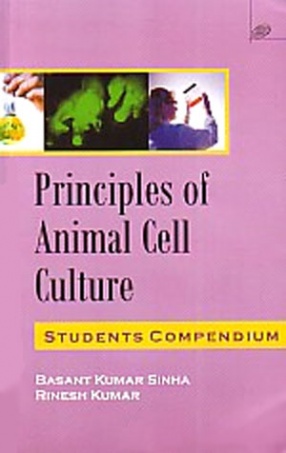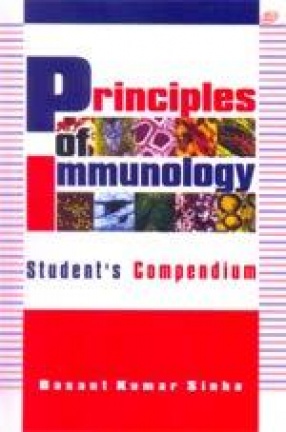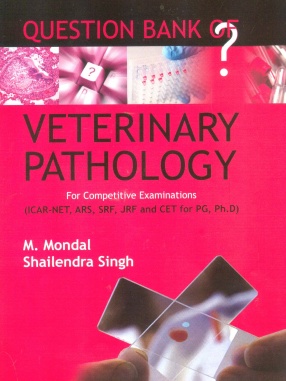Principles of Animal Cell Culture: Students Compendium
Animal cell culture is playing a pivotal role in the various modern researches. Though the foundation stone of animal cell culture was laid for the isolation and characterization of different viruses but the recent developments in the field of biotechnology and molecular biology have given various new dimensions to this technology. Cell culture has provided a new tool for the better understanding of diagnosis and molecular biology in many areas of biological systems including bacterial, viral and parasitic diseases. The different cell cultures are being used in virology for the last five decades and one of its application has been utilized successfully in various types of vaccine production. To quote virologist Payton Rous of late we have begun to study viruses not only for what they themselves mean, but for what they can reveal about the intrinsic cell structure, and functions through located injuries that they do". More recent discoveries such as production of various proteins and enzymes through recombinant DNA technology require the use of cell culture to study the exact gene expression, have fully utilized where the available evidences justify it and where their use is consistent with the effort involved and their routine application is recommended. With the advancement in tissue culture technology, scientists are now on the threshold of bringing sea changes in improving the life of human as well as livestock and thus it has become a source of unending fascination for different scientists.
The present work is directed primarily to the students of biotechnology, keeping in view the University Grants Commission Syllabus on animal cell culture prescribed for vocational course both for undergraduate and postgraduate students and also for the scientists in the medical, veterinary and biological sciences, whose curiosity and efforts are responding to the stimulus of current interest in biotechnology.
It is hoped that it may have some value as a source of providing more readily obtained information on different topics. It is expected that some deficiencies might have persisted in this book, it is anticipated that these deficiencies may be eliminated by diligent supplementing readings and by classroom lecture materials. Though this is the first endeavour, constructive criticism will be welcomed by the author to be included in the next edition.
Get it now and save 10%
BECOME A MEMBER








Bibliographic information
Rinesh Kumar